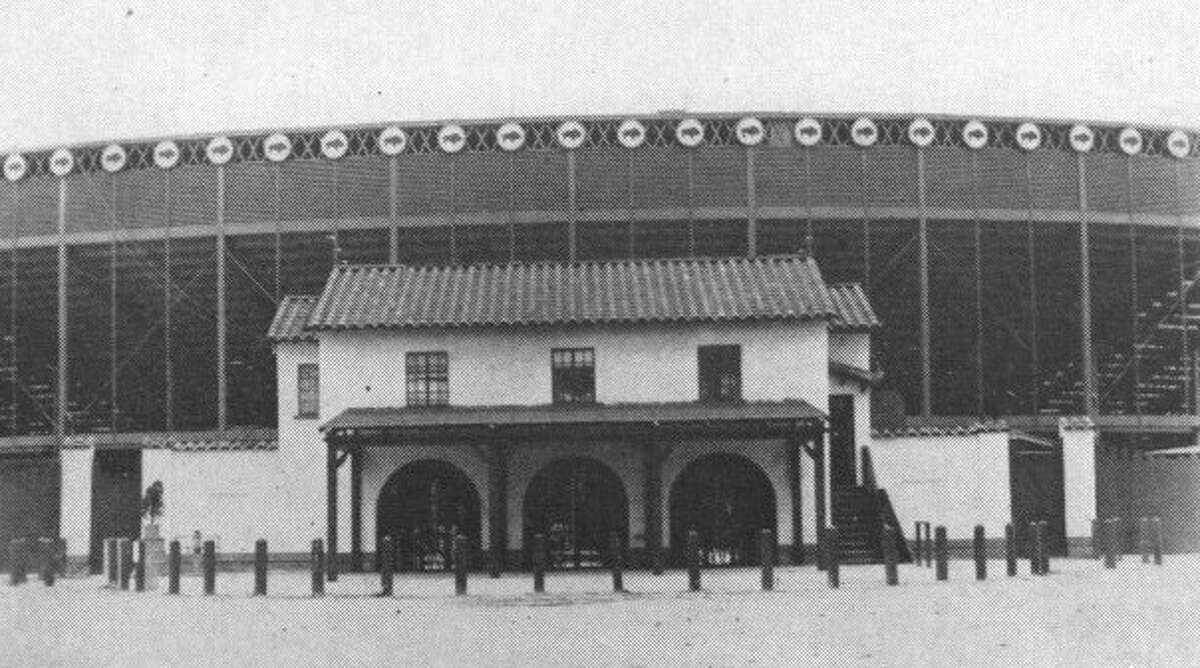Baseball has long been a cherished sport in Texas, with a rich history that intertwines with the state’s culture and identity. The evolution of baseball parks in Texas reflects broader changes in architecture, technology, and fan experience. This article explores the transformation of these venues from classic stadiums to modern ballparks, highlighting key developments, notable examples, and the impact on the state’s baseball culture.
The Golden Age of Baseball Parks: Classic Venues

In the early 20th century, baseball parks in Texas were often simple structures that prioritized functionality over fan experience. These classic venues were characterized by their intimate settings and rustic charm.
Key Features of Classic Baseball Parks
- Natural Grass Fields: Most early parks featured natural grass, which was often a mix of local grasses and soil conditions.
- Bleacher Seating: Fans sat on wooden bleachers that provided minimal comfort but fostered a close-knit atmosphere.
- Simple Facilities: Concessions were basic, with limited offerings, reflecting the simplicity of the times.
Notable Examples
Several classic baseball parks have left a lasting legacy in Texas:
- Old Comiskey Park (Chicago): While not in Texas, it exemplifies the early baseball park design that influenced Texas venues.
- Turner Field (Atlanta): Opened in 1996, it showcased Southern hospitality and was influenced by earlier Texas models.
- County Stadium (Milwaukee): Home to the Brewers until 2000, it represented the straightforward design ethos of the time.
In Texas, parks like Dee Ford Williams Park in Fort Worth and Capitol Park in Austin were built during this era, providing a foundation for future developments.
The Mid-Century Transformation: The 1960s and 1970s
The 1960s and 1970s marked a significant shift in the design and construction of baseball parks in Texas. This period saw the introduction of multi-purpose stadiums that catered to various sports, reflecting the changing landscape of entertainment.
Emergence of Multi-Purpose Stadiums
- Astrodome (Houston, 1965): Known as the “Eighth Wonder of the World,” it was the first indoor stadium to use artificial turf, altering how baseball was played.
- Cotton Bowl (Dallas): Originally constructed in 1930, this venue was repurposed for baseball in the 1960s, showcasing the trend of multi-use facilities.
- Robertson Stadium (Houston): Opened in 1942 and renovated for baseball, it became a model for how venues could adapt to different sports.
These stadiums not only revolutionized the game but also introduced fans to improved amenities, such as larger seating capacities and advanced scoreboard technology.
The Retro Era: 1990s to Early 2000s
The 1990s brought a resurgence of interest in traditional baseball parks, leading to the construction of venues that celebrated the sport’s history while incorporating modern amenities.
Retro-Style Ballparks

- Ballpark in Arlington (1994): Now Globe Life Park, this stadium was designed with a nostalgic feel, featuring red brick facades and a classic layout.
- Minute Maid Park (Houston, 2000): This park embraced a retro design with its iconic train and a retractable roof, blending past aesthetics with modern functionality.
These parks revitalized fan engagement, creating environments that encouraged attendance and participation. The return to traditional designs was a direct response to the sterile feel of multi-purpose stadiums.
The Modern Age: 2010s to Present
In the past decade, baseball parks in Texas have embraced cutting-edge technology and sustainability, creating venues that not only serve as sports arenas but also as community hubs.
Innovative Features of Modern Parks

- Advanced Technology: High-definition scoreboards, Wi-Fi connectivity, and mobile app integrations enhance the fan experience.
- Sustainability Initiatives: Many parks have implemented eco-friendly practices, such as solar panels and rainwater harvesting systems.
- Enhanced Fan Experience: Modern parks offer diverse food options, interactive areas for children, and social spaces for fans to gather.
Case Studies of Modern Parks
Two standout examples of modern baseball parks in Texas include:
- Globe Life Field (Arlington, 2020): This state-of-the-art facility features a retractable roof, ensuring comfortable conditions year-round. Its design focuses on fan engagement, with open concourses and multiple viewing areas.
- Minute Maid Park (Houston): Renovated in 2019, it continues to innovate with its use of technology and sustainability practices, cementing its status as a fan-favorite venue.
The Cultural Impact of Baseball Parks in Texas
/cdn.vox-cdn.com/uploads/chorus_asset/file/23184636/113465353.jpg)
Baseball parks in Texas have played a vital role in fostering community spirit and regional pride. They serve as venues for cultural events, concerts, and family outings, transcending their primary function as sports locations.
Community Engagement
- Local Economic Impact: Baseball parks generate significant revenue for local economies through job creation and tourism.
- Community Events: Many parks host events that bring together residents, such as charity games and youth leagues.
- Historical Significance: Parks like Globe Life Field and Minute Maid Park are not just venues; they are landmarks that represent Texas’s rich baseball heritage.
Conclusion: A Legacy of Transformation
The evolution of baseball parks in Texas from classic venues to modern masterpieces reflects broader changes in society, technology, and culture. These parks have transitioned from simple structures focused on the game to multi-functional community hubs that enhance the fan experience. As Texas continues to embrace its baseball heritage, the future of its parks promises to be as dynamic and exciting as the sport itself.
From the intimate charm of early stadiums to the cutting-edge designs of today, baseball parks in Texas tell a story of transformation that resonates with fans, players, and communities alike. As we look forward to the next chapter, one thing remains clear: the love of baseball in Texas is here to stay.


